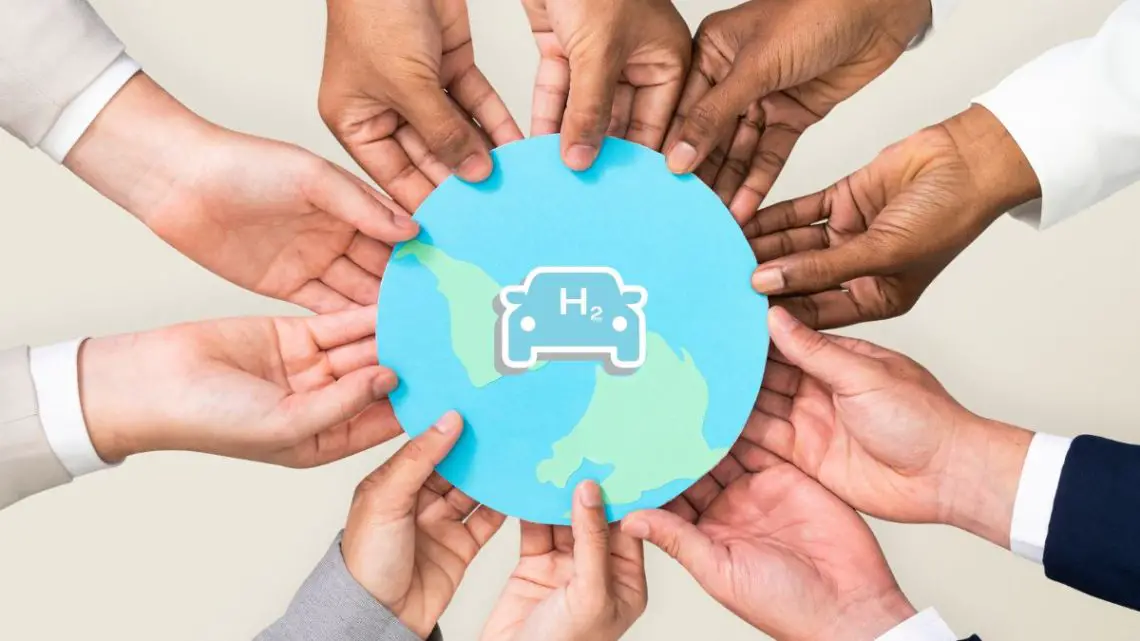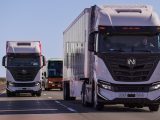
Asian Dominance in the Hydrogen Car Market: A Challenge for Europe and US
August 12, 2023Though electric vehicles are off to a solid head start, many are looking to the hydrogen car market for growth.
As countries around the world look to ways to use emission-free vehicles as a mainstream form of transportation, hydrogen cars are increasingly making their way into the spotlight, even with the popularity of battery electric vehicles.
H2-powered vehicles aren’t a new form of technology but are being taken more seriously of late.
Hydrogen cars first started gaining traction in the early 2000s but have remained about as far from mainstream use as can be measured. As battery electric vehicles started taking off, charging networks were established, making EVs the natural choice for many people seeking zero-emission driving. In the European market, liquefied natural gas (LNG) and compressed natural gas (CNG) are also picking up steam.
Interestingly, hydrogen cars have been picking up in the globe-leading Asian market, where there are eight times more H2-powered passenger vehicles in just Korea than there are in the entire European Union. Japan’s goal is to have more than 800,000 H2-powered vehicles on its roads by the close of this decade.
There are several reasons that Europe and the US are lagging behind Asian markets in hydrogen cars.
Among the benefits Asia is enjoying in terms of making it easier to own a fuel cell vehicle is the H2 fueling network which is considerably more advanced than it is in Europe. China boasts the largest number of H2 fueling stations in the world as of 2022, when it had 250.
South Korea’s rapid hydrogen sector growth has been built up by considerable government funding. That country is actively pursuing an H2 economy, so the fuel has been a substantial economic growth driver, expected to generate $43 billion in economic growth while creating 420,000 jobs. Subsidies, loans and tax benefits have all been in place since 2019 to support this effort, and since 2012, $2.34 billion has been invested in the sector.
Can Europe catch up?
According to many experts, for the European Union to be able to catch up, it would need to implement comparable government spending programs. That said, the majority of EU countries have focused their efforts on electric vehicles, not hydrogen cars.



 With over 15 years of reporting hydrogen news, we are your premier source for the latest updates and insights in hydrogen and renewable energy.
With over 15 years of reporting hydrogen news, we are your premier source for the latest updates and insights in hydrogen and renewable energy.
Hydrogen vehicles will be late to the party, but they’ll get here when the hydrogen infrastructure can support them. How far they’ll penetrate the personal vehicle market depends on a few more breakthroughs and reduced costs. Pickups and large SUVs that rely on batteries that are too heavy and range is cut by more than 50% if towing near maximum capacity. Hydrogen vehicles should be able to compete with them. Of course, the transportation industry will pave the way for personal hydrogen vehicles.
Assuming that infrastructure is built-up, a demographic that my be attracted to hydrogen-electric are households that don’t have overnight charging access, for reasons of living in apartment buildings, multiple families sharing a home, etc. I understand that 45 to 55 percent of households don’t have overnight charge access. Also, others may simply find that the quick fill of the gasoline model more appealing than charging.
“Among the benefits Asia is enjoying in terms of making it easier to own a fuel cell vehicle is the H2 fueling network which is considerably more advanced than it is in Europe. China boasts the largest number of H2 fueling stations in the world as of 2022, when it had 250.”
Meanwhile, our Department of Energy is sleepwalking hydrogen — less it should encroach on DOE’s grandiose plans for battery cars that are still searching for suitable batteries and a grid capacity to charge them.